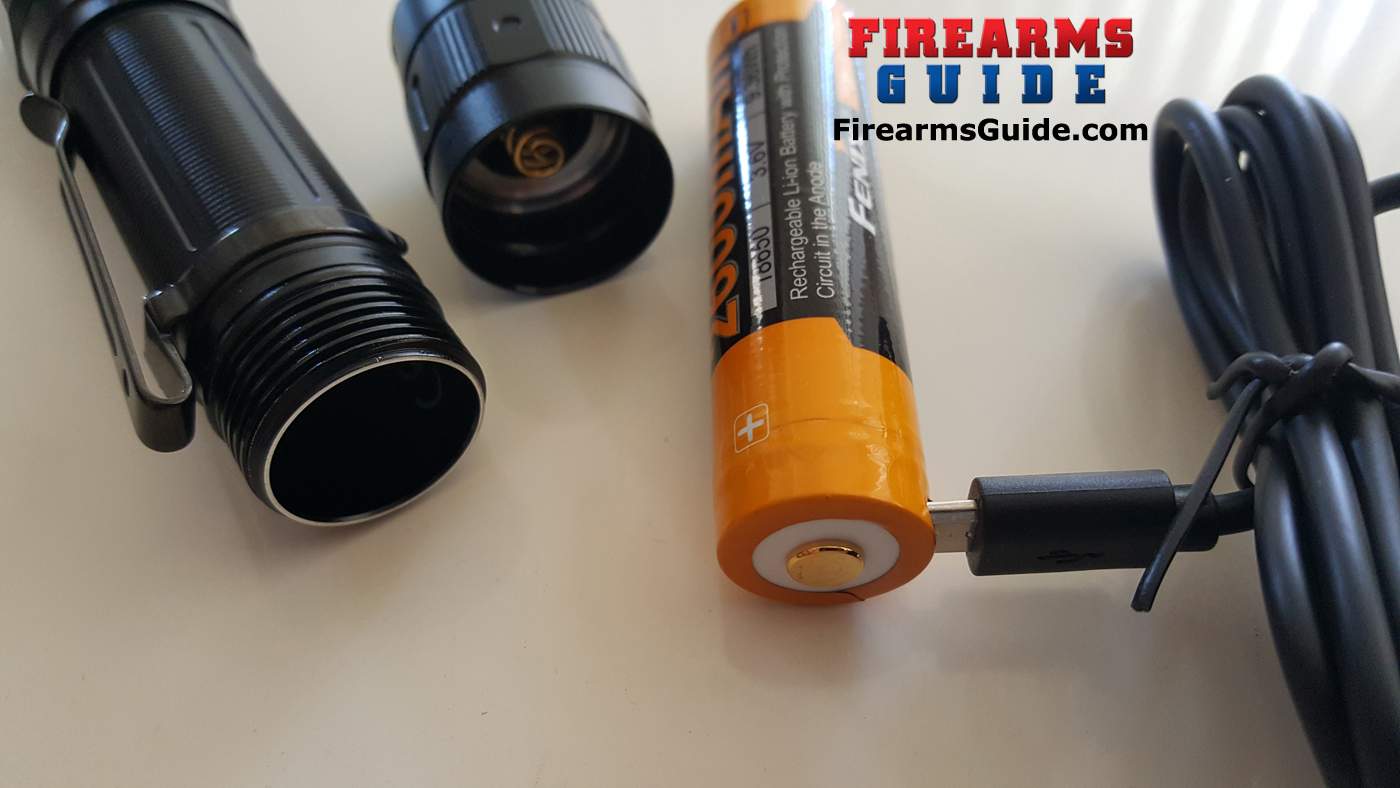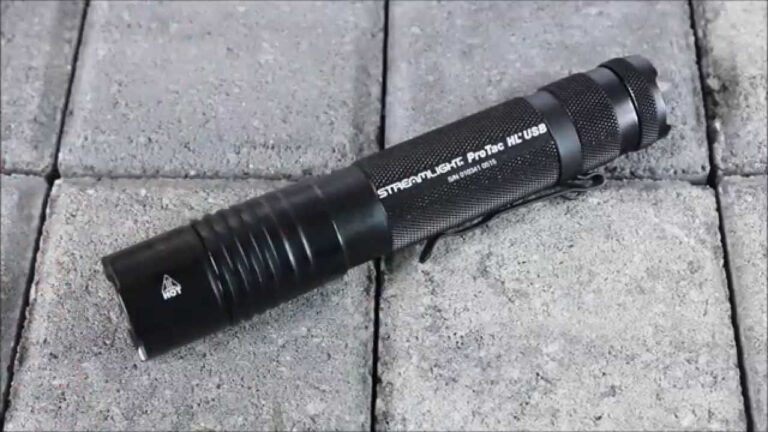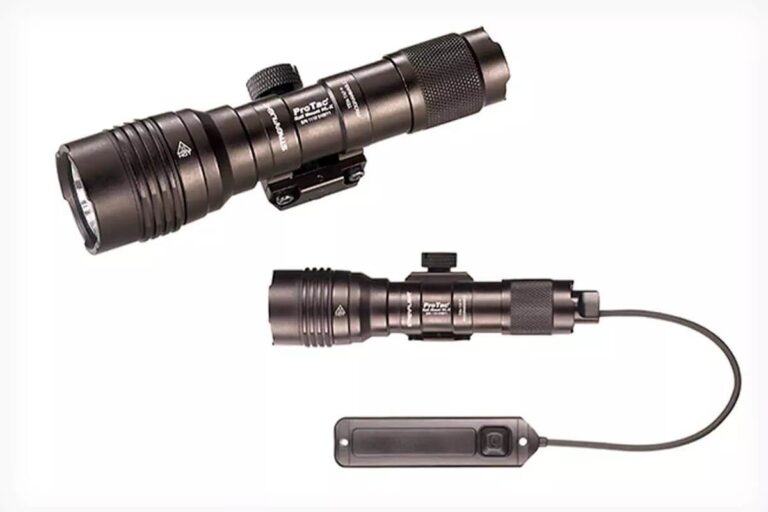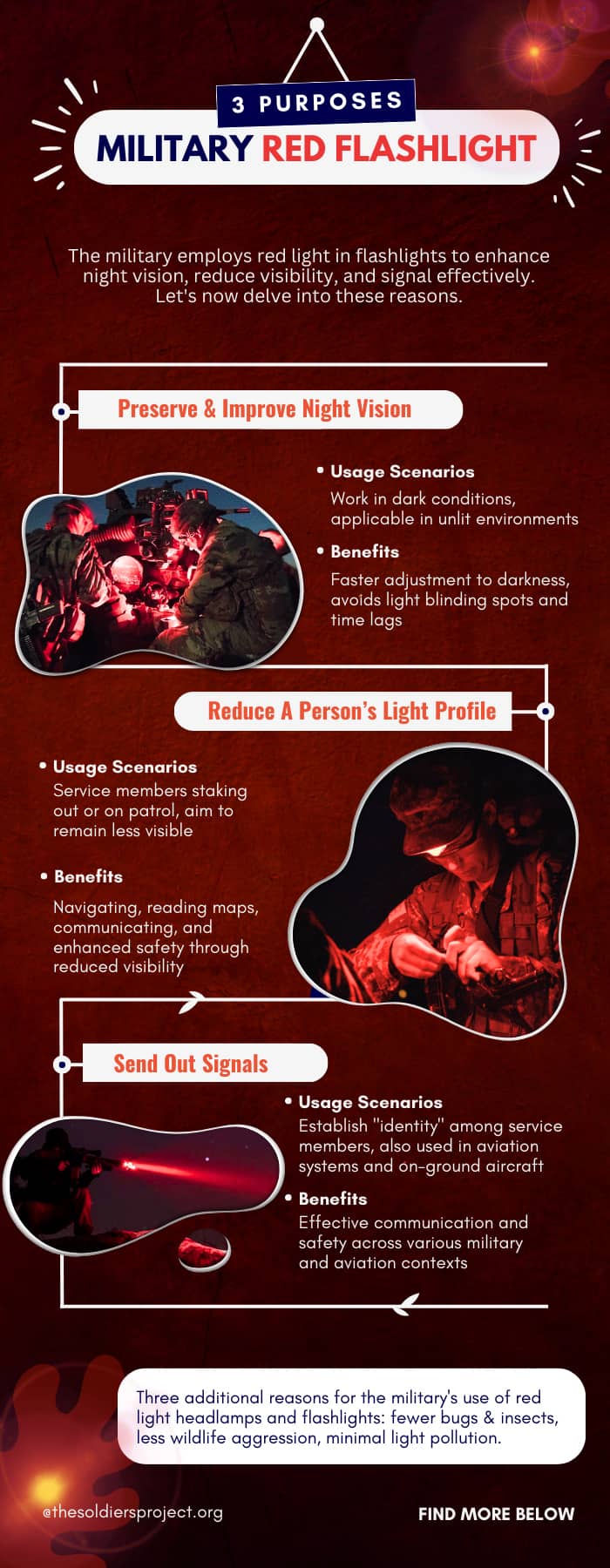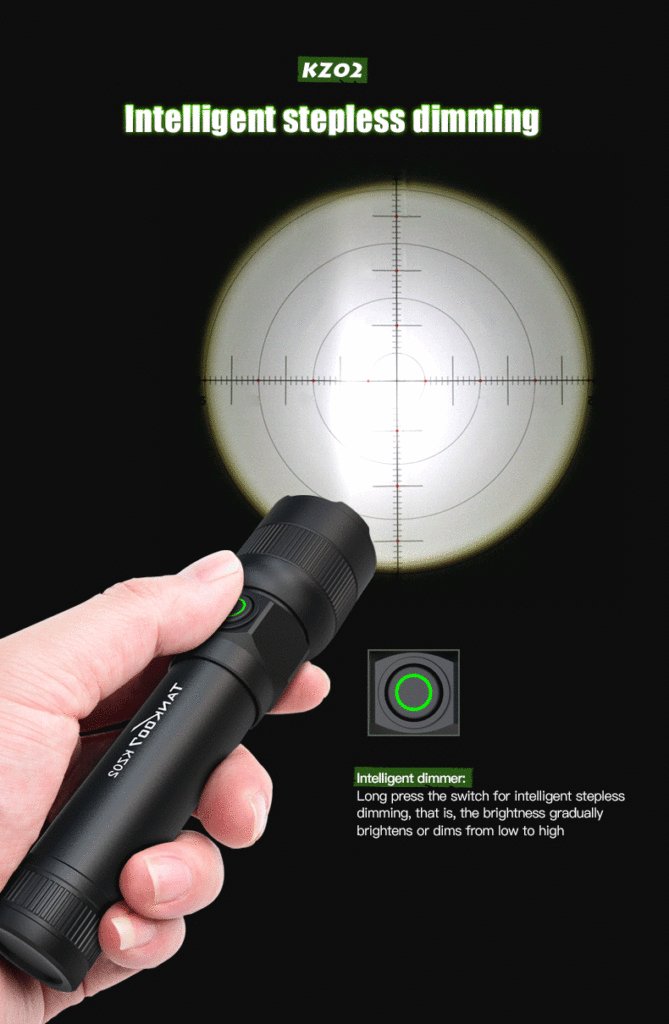How to Charge a Fenix PD35: A Comprehensive Guide
The Fenix PD35 is a high-performance tactical flashlight known for its durability and impressive brightness, reaching up to 1700 lumens. Charging this versatile flashlight is straightforward, thanks to its onboard charging capabilities.
In this article, we will explore the steps involved in charging the Fenix PD35, the types of batteries it supports, and essential tips for maintaining battery health. Whether you’re an outdoor enthusiast or someone who relies on reliable lighting for work, understanding how to charge and care for your PD35 is crucial for optimal performance.
Table of Contents
- Overview of the Fenix PD35
- Battery Types and Compatibility
- Charging Methods
- Battery Maintenance Tips
- Signs of Battery Issues
- FAQs About Charging the Fenix PD35
Overview of the Fenix PD35
Key Features of the Fenix PD35
The Fenix PD35 boasts several key features that cater to both outdoor enthusiasts and professionals. With a maximum output of 1700 lumens, it provides substantial brightness for various tasks.
Its tactical design includes a dual switch setup for easy operation, making it user-friendly even in critical situations. Additionally, the flashlight is constructed from durable A6061-T6 aluminum, ensuring longevity and resistance to wear and tear.
Specifications of the Fenix PD35
| Specification | Details |
|---|---|
| Max Output | 1700 lumens |
| Beam Distance | 357 meters |
| Battery Type | 18650 or (2) CR123A |
| Waterproof Rating | IP68 (submersible up to 2 meters) |
| Weight | 83.5 grams (without battery) |
This table illustrates the impressive specifications of the Fenix PD35. With a maximum output of 1700 lumens, it stands out in the competitive flashlight market.
The beam distance of 357 meters is particularly notable, making it suitable for long-range visibility. The flashlight’s IP68 waterproof rating indicates that it can withstand harsh weather conditions, enhancing its usability for outdoor adventures.
The lightweight design further adds to its appeal, allowing for easy portability.
Intended Uses and Applications
The Fenix PD35 is designed for a variety of applications, including outdoor activities like camping and hiking, as well as professional uses such as law enforcement and emergency services. Its high lumen output and robust construction make it an ideal choice for users who require a reliable and powerful light source.
The flashlight’s versatility also extends to everyday carry (EDC) situations, as it can easily fit into pockets or bags without adding significant weight.
Battery Types and Compatibility
Recommended Batteries
The Fenix PD35 primarily operates on a single rechargeable 18650 Li-ion battery, specifically the Fenix ARB-L18-2600U. This battery is designed to provide optimal performance and longevity.
Additionally, the PD35 can also utilize two CR123A batteries, offering flexibility for users who may not have access to a charger.
Non-Compatible Batteries
While the PD35 supports various battery types, it is essential to avoid using flat-top 18650 batteries, as they are incompatible with the flashlight’s design. Users should also refrain from using LifeP04 cells or 16340 batteries, as these can lead to performance issues or damage to the flashlight.
Battery Specifications
| Battery Type | Capacity | Voltage | Rechargeable |
|---|---|---|---|
| 18650 (Fenix ARB-L18-2600U) | 2600 mAh | 3.6V | Yes |
| CR123A | N/A | 3V | No |
This table summarizes the specifications of the batteries compatible with the Fenix PD35. The Fenix ARB-L18-2600U is a robust choice, providing a good balance between capacity and voltage, ensuring optimal performance.
In contrast, the CR123A batteries, while usable, do not offer the same rechargeability or capacity, making them less ideal for long-term use. Understanding these specifications can help users make informed decisions about battery management and replacement.
Charging Methods
Using USB-C Charging
The Fenix PD35 features an onboard USB-C charging system, which simplifies the recharging process. Users can conveniently charge the flashlight without removing the battery, using a standard USB-C cable.
This modern charging method is widely available and user-friendly, allowing for quick recharges whenever necessary.
Charging Time and Indicators
Charging the Fenix PD35 typically takes approximately 4 hours for a full recharge. While the manufacturer claims a charge time of 3 hours, real-world testing shows that it may take slightly longer depending on the battery’s state.
The flashlight includes an LED indicator located near the charging port, which turns red while charging and switches to green once fully charged, providing a clear visual cue for users.
Steps to Charge the Fenix PD35
- Ensure the flashlight is turned off.
- Connect the USB-C cable to the charging port on the flashlight.
- Plug the other end of the cable into a USB power source.
- Monitor the LED indicator; it will turn red while charging.
- Once the light turns green, the flashlight is fully charged and ready for use.
These steps provide a straightforward guide for charging the Fenix PD35. It is essential to follow these instructions to prevent potential damage to the flashlight or battery.
The onboard charging feature is one of the flashlight’s most convenient aspects, making it accessible for users in a variety of situations.
Battery Maintenance Tips
Preventing Over-Discharge
To maintain the longevity of the Fenix PD35’s battery, it is crucial to avoid deep discharges. Users should recharge the battery when it reaches a charge level of around 25% to ensure optimal performance.
Regularly cycling the battery between full and partial charges can also help extend its lifespan.
Cleaning Battery Contacts
Regular maintenance of the flashlight includes cleaning the battery contacts. Dust and debris can accumulate over time, leading to poor electrical connections.
Users can clean the contacts using a cotton swab lightly moistened with isopropyl alcohol to ensure a reliable connection and optimal performance.
Proper Storage Guidelines
When not in use, the flashlight should be stored in a cool, dry place away from direct sunlight. If the flashlight will not be used for an extended period, it is advisable to remove the battery to prevent potential leakage or corrosion.
Additionally, storing the battery at a partial charge (around 50%) can help maintain its health over time.
Signs of Battery Issues
Indicators of Low Battery
Users should be aware of signs indicating low battery life, such as dimming light output or flickering. The flashlight is equipped with a low voltage warning system that will alert users when the battery is running low, prompting timely recharging or replacement to avoid being caught without light.
Troubleshooting Charging Problems
If the flashlight fails to charge, users should first check the USB-C cable and power source for any issues. Cleaning the charging port may also resolve connectivity problems.
If the LED indicator does not change from red to green after a reasonable charging period, the battery may need replacement.
When to Replace the Battery
It may be time to replace the battery if users consistently experience short run times or the flashlight fails to hold a charge. Regularly assessing the battery’s performance and replacing it when necessary can ensure that the Fenix PD35 continues to operate effectively and reliably.
FAQs About Charging the Fenix PD35
Can I use other batteries?
While the Fenix PD35 is designed to work with a specific 18650 rechargeable battery (Fenix ARB-L18-2600U), it can also operate with two CR123A batteries. However, using non-recommended batteries may lead to reduced performance or damage.
How long does it take to charge fully?
The Fenix PD35 typically takes around 4 hours to charge fully, although some users may experience slightly longer charge times based on battery conditions. The LED indicator provides feedback during the charging process, ensuring users are aware of the charging status.
Can I use the flashlight while charging?
No, the Fenix PD35 cannot be used while charging. It is essential to allow the device to charge fully to maintain battery health and ensure optimal performance during use.
What should I do if my flashlight won’t charge?
If the flashlight fails to charge, check the USB-C charging cable and ensure it is securely connected to both the flashlight and power source. Cleaning the charging port and trying a different cable or charger may also resolve the issue.
If the problem persists, the battery may need replacement.
Is it safe to leave the flashlight plugged in after charging?
While the Fenix PD35 features protection against overcharging, it is generally not advisable to leave electronic devices plugged in for extended periods. To maximize battery life, it is better to unplug the flashlight once it is fully charged and store it properly.
Conclusion
In conclusion, charging your Fenix PD35 flashlight is a simple process that can significantly enhance its performance and lifespan. By following the guidelines provided in this article, users can ensure their flashlight remains in optimal condition for everyday use or emergency situations.
Proper battery maintenance and understanding how to charge your flashlight will maximize its brightness and reliability, making it a trusted companion for any adventure.

